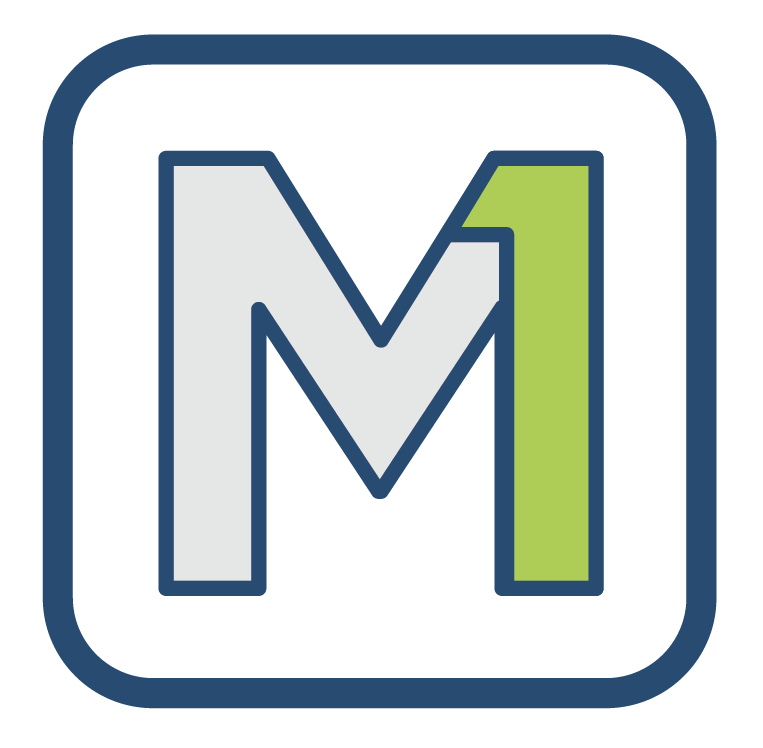Better Wellness Offerings Through Data
When you focus on problems, you’ll have more problems. When you focus on possibilities, you’ll have more opportunities. -Zig Ziglar .
You may think tracking your staff’s physical performance ability and other health goals is out of the scope of HR. In fact, it is just the opposite! The more you know, the better programs and benefits you can provide to your team.
Zig Ziglar and other brilliant business-minded gurus know that tracking your work product is one of the best ways to create momentum for the actions that are bringing you the most success. There are many things we can do in a day. Some will bring us closer to our goals, and some will not. Unfortunately, it is not always obvious which is which until you dig into the data behind them. With this in mind, it is a good idea to track the process and outputs of your wellness challenges using specific metrics that can combine to show you where you are succeeding and where you need to adjust your efforts.
But where do you start?
With past clients, Movement 1st Wellness has found the most success when we begin by gathering all the data you can from your team. This will give you a place to start and provide areas of health you can skip. With the right data on hand, you’ll be able to make informed decisions for your specific team as you build a health challenge and pair it with benefits from your healthcare provider.
Before you begin envisioning and implementing your wellness program, you will want to make sure you are providing the right challenges to your unique group of associates. The data for this can be easily observed or pulled from HR records. Before embarking on setting up a wellness program, look at the overall basic demographics of your staff (age, career experience level, life stages, etc.).
For example, if your team is mostly comprised of younger associates with very young children, it would be wise to focus on activities that improve health they can do as a family or in short pockets of time. This might mean creating challenges such as “go to the park three times this month,” “creative ways to incorporate a rainbow of fruits and veggies demonstration,” or focusing on 5-minute “mini” workouts they can complete throughout their day instead of one longer hour-long workout a few times a week. The ROI for this group of employees would probably not be high if you introduced a program highlighting memory improvement, retirement living consultations, or the basics of technology classes.
A past client was seeing a rising number of claims to their healthcare insurance provider for chiropractic appointments, so they decided to hire an ergonomic expert to consult with employees at their desks and deliver presentations that outlined best practices for spine care, comfort, and strengthening. The company also gave associates the necessary equipment to align their office tasks better. The following year, the claims for chiropractic care went down, and productivity increased for those who participated in this offering.
Note that the benefits were for those who took advantage of the offering.
Once you decide on a topic that needs addressing for your team and you have launched the program, encouraging and maintaining engagement is your next task.
A recent article I read shared an example about using a meditation app they provided for their staff. At first, it appeared the app was well received and used quite a bit—60% of the staff had downloaded and begun to use it! However, when the usage data was reviewed a month later to determine the effects, only 15% of users were actually meditating, and most of them were using it for background noise. In this case, the company decided to use the funds for a different benefit to increase the ROI and help more associates in the process.
Now, you must be wondering what stats to track and how to track them. When it comes to health and wellness, there are many factors you could track for improvement, but the ones that will make the most sense in a business setting (and not infringe on HIIPA laws!) are:
Sick days taken. Did you know that in the UK, an estimated 17.9 million working days were lost due to work-related stress, depression, or anxiety from 2022-23? Investing in people’s health to decrease this number is “well” (see what I did there?) worth it!
Retention and turnover rates. When associates feel cared for and are happier in their jobs, they stay longer and continue to improve their skill sets. This allows you to spend less on onboarding and outboarding tasks and see an increase in production for the company as a whole. It also serves as a fantastic talking point during the recruitment process.
Job Satisfaction Scores. As mentioned above, when associates feel better, they perceive things in life to be better. Even their jobs. So, helping people feel better will therefore improve the overall good feelings at the office. This not only benefits the current team it is also a fantastic talking point during the recruitment process.
Utilization of programs offered and perceived results. This one is Movement 1st Wellness’ favorite stat to track! When you track the use of the programs you set up and see people improving around you, the peripheral benefits will start growing.
Claims made for care outside routine checkups. Track this to make your finance department happy! When your team feels better, they tend to make fewer claims on health insurance, which can lower your premiums overall. This means funds can be spent in other business-building areas instead.
With technology surrounding our every move, you might be surprised to hear me say one of the best ways to determine the success of your wellness programs is a plain, old-fashioned conversation. Talk to your associates one-on-one or in small groups. This tactic is especially helpful in gathering general observations from managers’ and C-suite associates’ perceptions of workflow, performance, and interactions between staff. Surveys can be helpful tools to collect data as well. They are even better when you follow up with a phone call or in-person conversation where possible.
As an HR professional, you most likely have access to records that can provide an overview of insurance claims and sick leaves. Comparing these to general ledger reports from the finance department could be a great cross-referencing. For example, if profits rise when a mindfulness challenge is going on, you may want to repeat that sort of programming often!
When you use the App from Movement 1st Wellness to run your programs and challenges, there is a detailed dashboard that has proven to be very helpful in determining the right subjects to focus on and the ROI of implementation. The screenshot above shows a small portion of the possibilities. There is also a dashboard for your employees to see their progress and collect badges along the way.
You may think tracking your staff’s physical performance ability and other health goals is out of the scope of HR. In fact, it is just the opposite! The more you know, the better programs and benefits you can provide to your team.
The better they feel, the better they are at their job, the happier they are in the workplace, and that all leads to better things for the company. Tracking and encouraging better health is one of the best ways to create a giant win-win-win situation for all involved. But, if you don’t know what is working and what is not, you’ll be putting your effort in the wrong places. If you consult your finance department, they will tell you they track everything to check its ROI and advise all business decisions accordingly. Today is the day to take a page out of their playbook and start tracking the right metrics to get the best health results for your team and, ultimately, your company, too.
Movement 1st Wellness has helped companies from small to large implement wellness initiatives that increase a wide range of business points. Click below to learn more and see your team's improvements this year!


